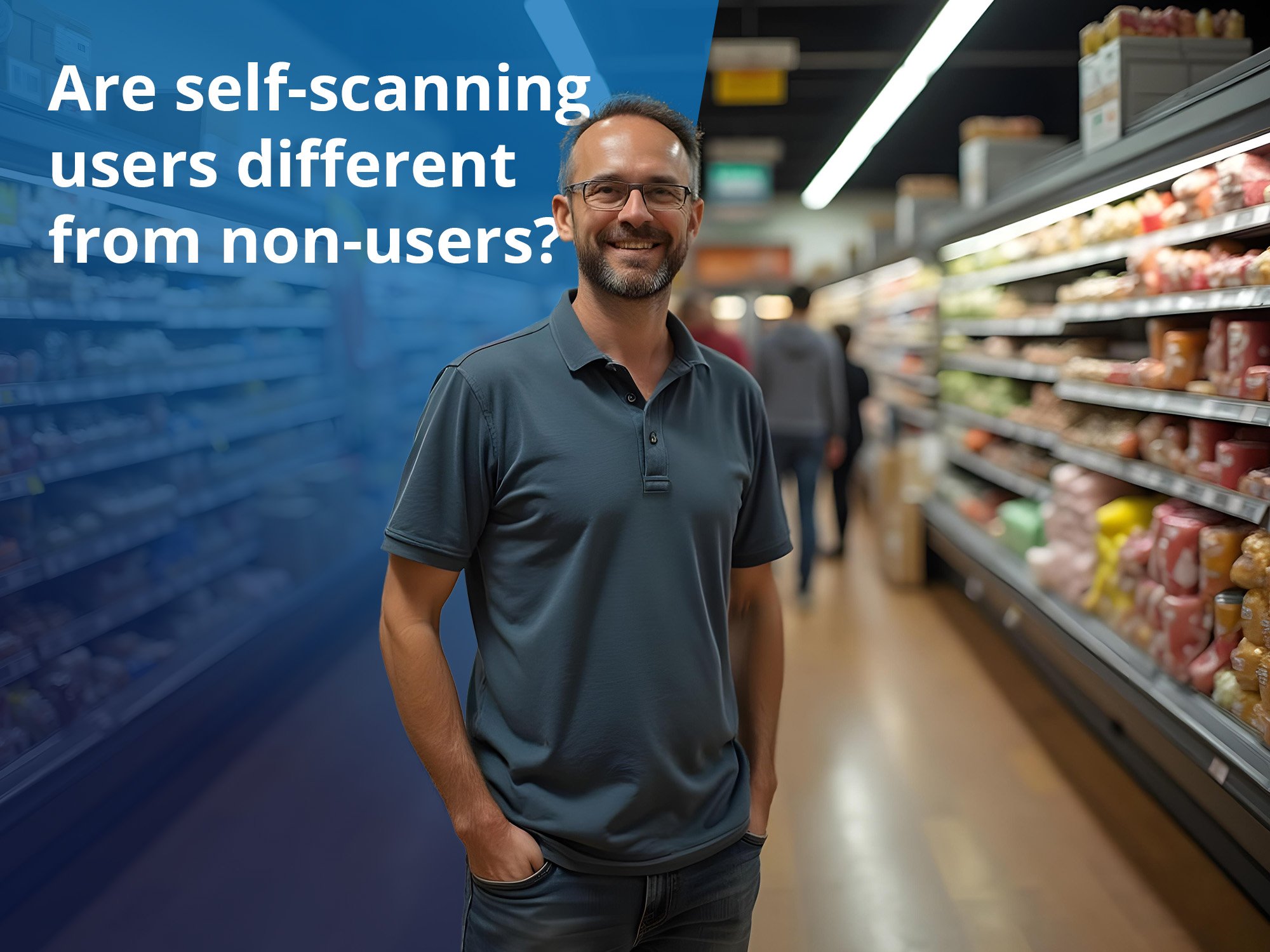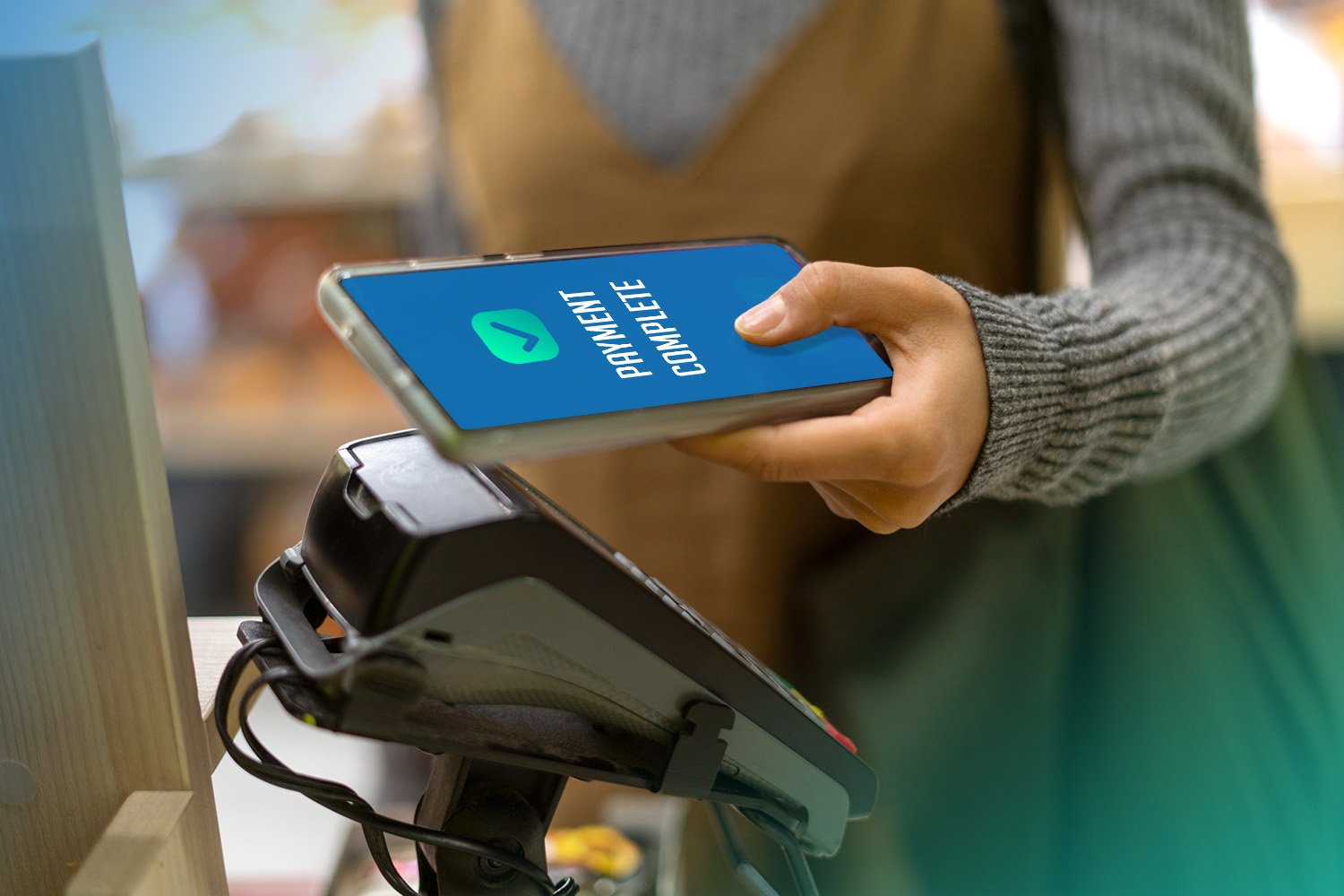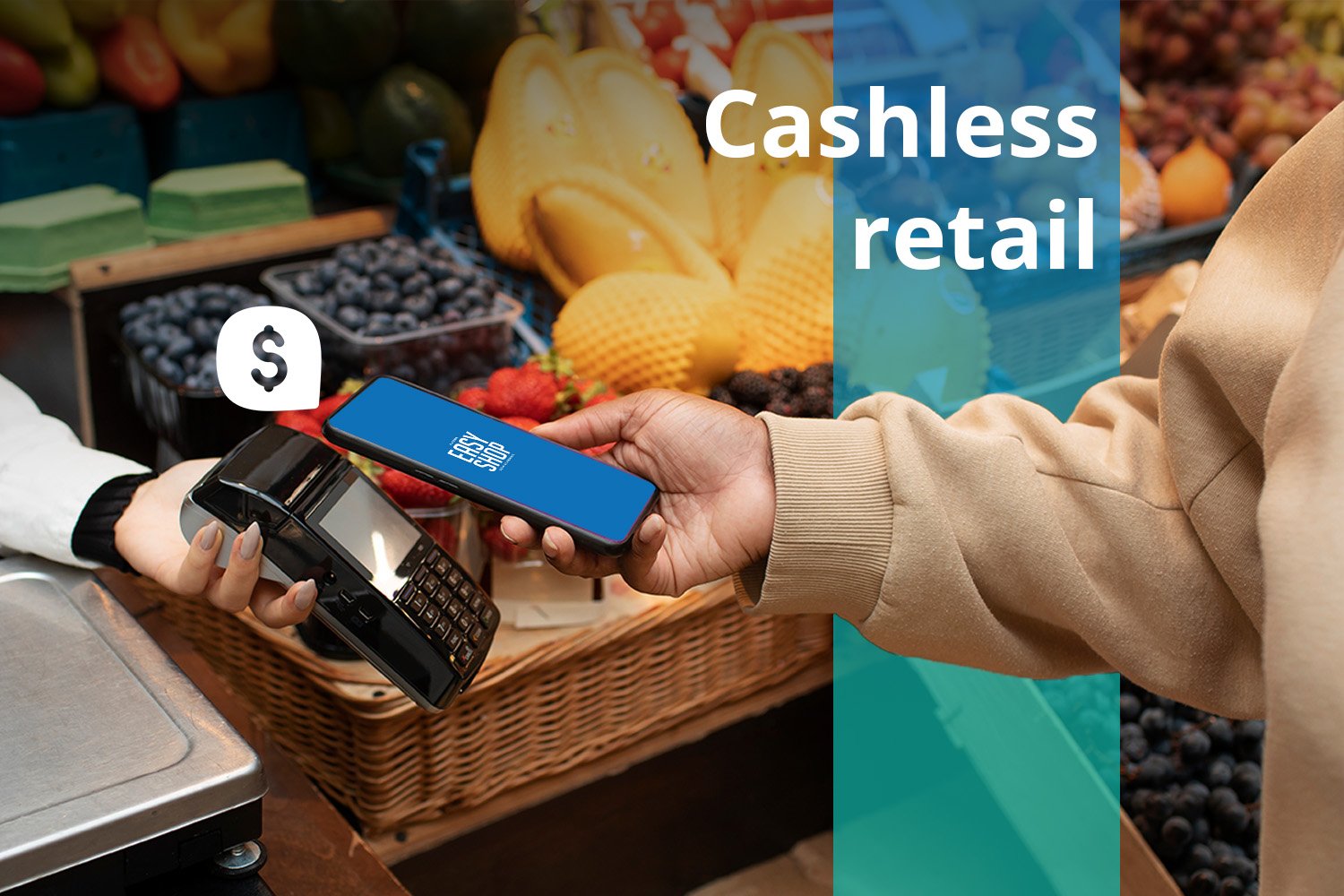Cashless retail: Explore digital payments
Cashless transactions are on the rise, with some countries already approaching a fully cashless society. But what does this shift mean for retail and the shopping experience? Join us as we explore the impact of a cashless future!
Cashless transactions are on the rise - how does this affect retailers?
The rise of cashless transactions in retail
The retail landscape is changing rapidly—from an increasing omni-channel focus and new ways for retailers to engage with customers to advanced in-store technology and retail solutions. As retailers strive to provide the ultimate shopping experience, with convenience and seamless interactions at the forefront, cashless payments are often regarded as one of the most significant steps for streamlining the checkout process.
The shift towards a cashless society is ongoing: According to Statista, the number of cashless transactions is expected to increase nearly 50% globally – from 1,5 trillion in 2024 to 2,3 trillion in 2027.
What is meant by ‘cashless transactions’?
Cashless transactions, or cashless payments, refer to purchases where no physical cash—such as bills or coins—is used. Instead, payments are made electronically, for example, through credit cards, mobile payment apps, or digital wallets.
The benefits of cashless transactions
There are clear benefits of switching to cashless transactions – also for retailers. Here are some of the most prominent benefits:
Increased efficiency
More cashless transactions create opportunities for increased efficiency – for instance, this can result in fewer cashier-staffed lanes and traditional checkouts. Not only does the cashless solutions provide a speedier and more efficient checkout for the shoppers, but the retailer can experience benefits such as reduced labor costs.
Higher customer satisfaction
Digital payments and cashless transactions can be a smart way to enhance the customer experience – not only does it minimize the time required to pay for a purchase, by offering both traditional checkout and cashless transactions, the customer gets to choose the best alternative for them. Together with self-scanning, this can enable a faster and more independent shopping experience.
Better data & personalization
For retailers, digital transactions enable integrations with other systems such as CRM-plattforms. By integrating a digital payment solution with existing loyalty programs, the retailer will receive better data and information about purchasing behaviour. This can also be beneficial for the shopper, with tailored promotions and discounts as a result.
Reduced fraud & errors
Naturally, cashless can also save time and energy to deal with frauds and errors. Digital transactions reduce cash handling risks, such as counterfeit currency and theft, while also minimizing human errors, leading to greater accuracy in cash flow management.
What are some challenges to consider?
Some of the most prominent challenges connected to cashless transactions are:
Consumer privacy – Shoppers and other stakeholders might be concerned about their data: how it is used, and for what purpose. It is thereby important for retailers to be transparent about their data use – and to make ethical decisions.
Cybersecurity threats - While digital transactions are considered a secure way to handle money, the risk of hacking and data breaches remains a concern. Retailers must prioritize cybersecurity to protect both their customers’ finances and personal data.
Possible downtime – Digital payments are great, when they work. But what happens when one or more systems are down? Hopefully this is an unusual event, however it is crucial that the retailer has the necessary tools to keep the business going during the downtime.
Enhance cashless transactions with additional technology
The possibility of doing cashless transactions is a great feature – but the experience can be even better with additional retail technology, further elevating the shopping experience. Some of the technologies to be used with digital transactions are:
Artificial intelligence
Artificial intelligence is the topic everyone is talking about, with technology that has unlocked plenty of opportunities to streamline and enhance the business – so also for grocery retailers.
We have only experienced a portion of what is to come – and artificial intelligence can help retailers to minimize shrinkage, provide customer support and enhance the retail operations.
Biometrics
As mentioned, digital payment solutions need to have a strong focus on security to ensure stability and safety. Technology connected to biometrics can make it possible for shoppers to verify their purchase using physiological or behavioural traits such as fingerprint scanning or face recognition. This makes it even faster to complete the purchase – without any pin codes necessary complete the transaction.
Digital wallets
Digital wallets are exactly what they sound like – wallets containing card numbers and other valuable information that can be used for payments. These wallets eliminate the need for a physical payment card – making the transaction completely digital! By using NFC technology, all one needs is a NFC-supported device (usually a smartphone) to complete the purchase.
Self-service solutions
Make the whole shopping trip better! Various self-service solutions such as self-checkout, self-scanning and RFID checkout have increased in popularity, for good reasons. Integrating a digital payment solution with self-service technology is often encouraged, as this makes the checkout seamless – the customer avoids the queues and can pay using their card.
Is the future cashless?
There is an ongoing debate whether or not a cashless society would be to prefer – many raise concerns similar to those described earlier in this article – but the fact is that many countries are heading this way. Several countries such as Sweden and Iceland have been described as almost cashless societies, with a majority of the transactions being done using digital payments.
While the future seems to lean towards a cashless society, whether it will become fully cashless depends on several factors: technological advancements, government policies, consumer preferences, and financial inclusivity.
While a completely cashless society may not be imminent, a predominantly cashless society is a likely outcome. Many countries are shifting towards digital payments while keeping cash as a fallback option. A hybrid system—where cash is still available but used less frequently—seems to be the most practical future for now.
Regardless of the outcome, it is always a good idea for retailers to stay up to date with the latest consumer trends and technological advancements -and to implement the solutions that benefit them and their customers the most.




